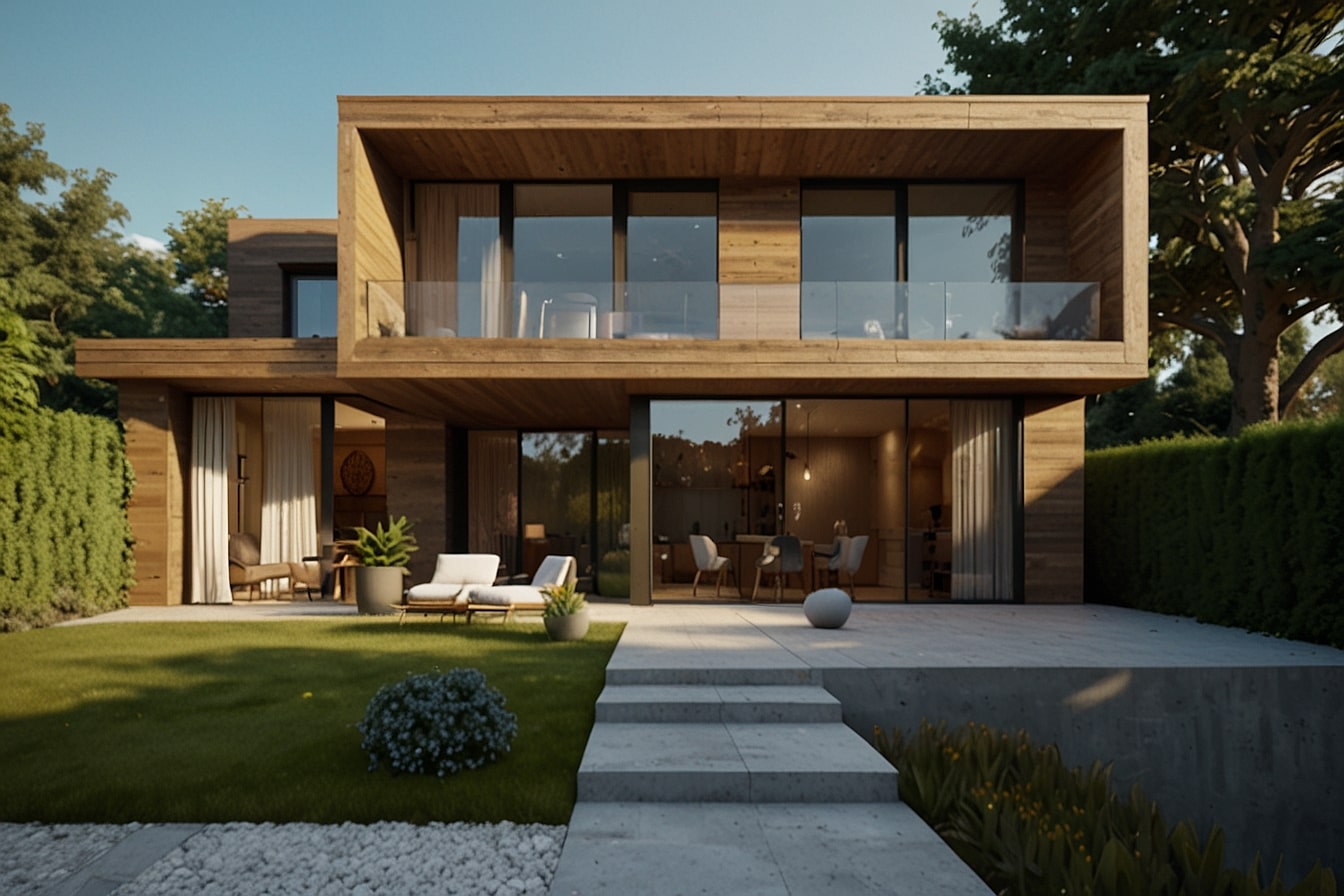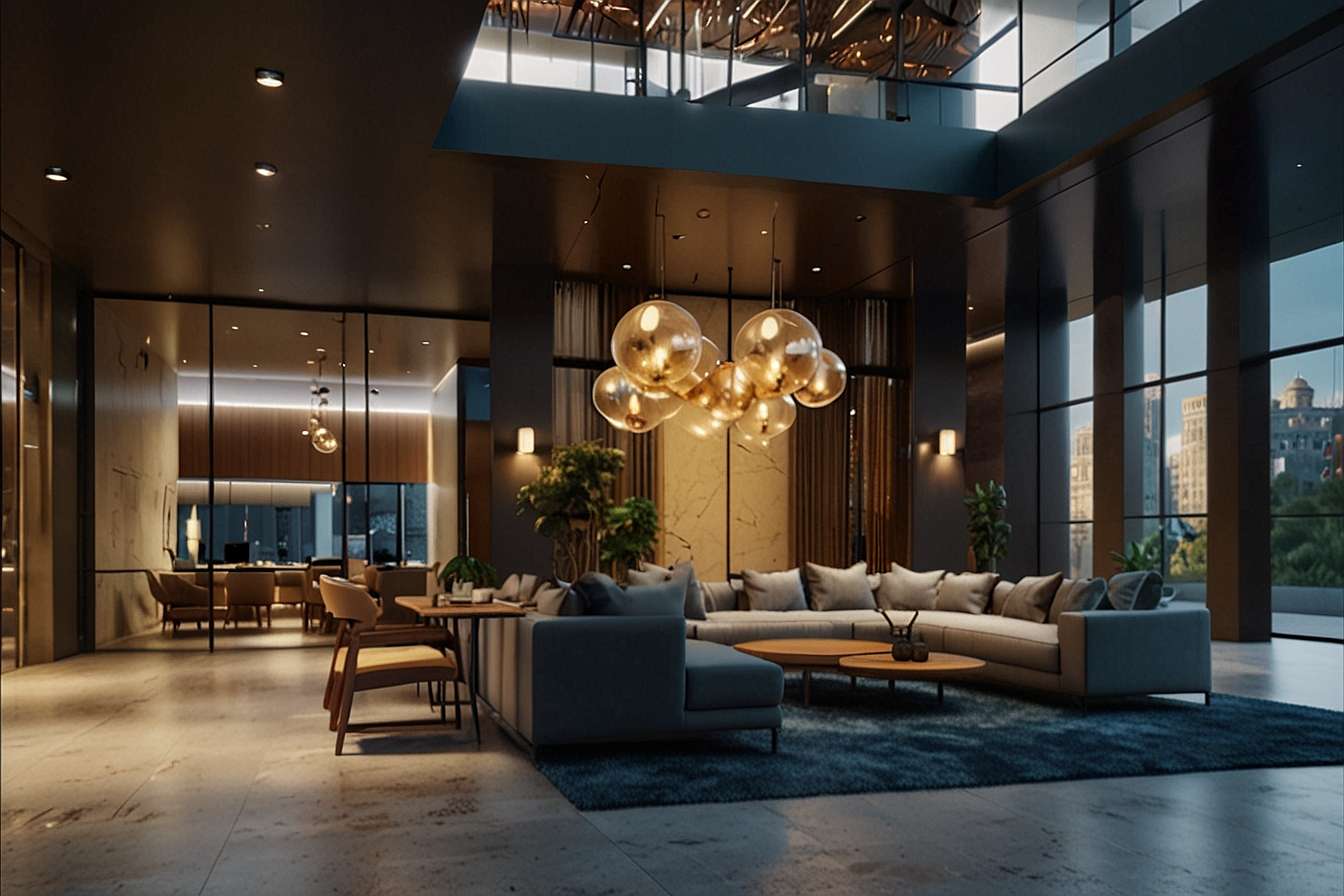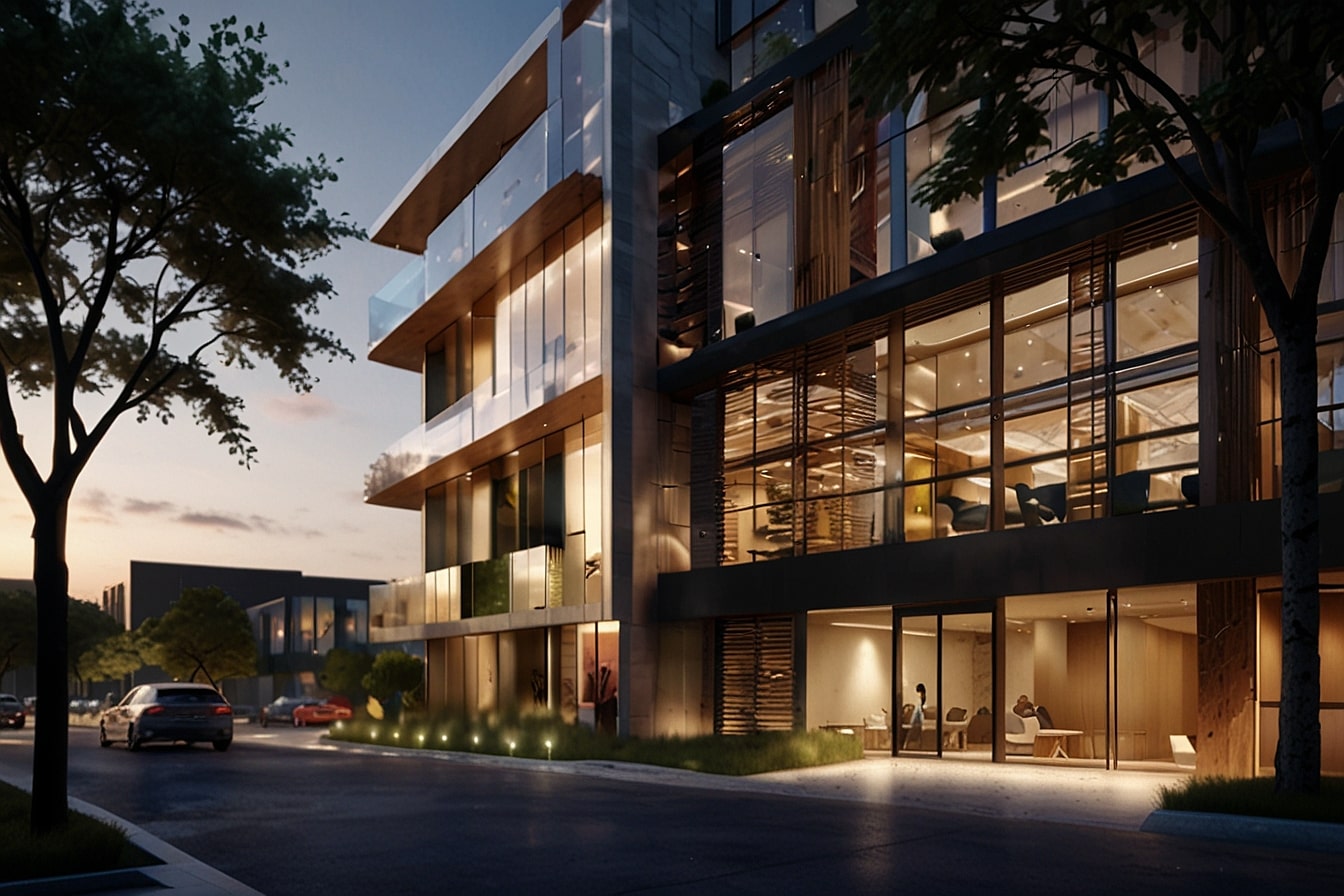Visuals are extremely important in building and design. They not only captivate the imagination, but also function as effective communication and decision-making instruments. Among numerous visualization techniques, 3D architectural rendering stands out for providing unparalleled depth and realism to architectural projects. This article looks at the transforming impact of 3D rendering services and how they can take ideas to new heights.
Understanding 3D Architectural Rendering
Before we get started, let’s clear up any confusion about 3D architectural rendering. It is the technique of generating three-dimensional images of architectural designs using specialist software. Unlike traditional 2D drawings, architectural rendering brings concepts to life with precise details, realistic materials, and lighting effects. This immersive visualization technology enables architects, designers, and clients to see rooms before they are built which results in better decision-making and design refinement.
The Advantages of 3D Architectural Rendering

1. Enhanced Visualization
An aspect of visual presentation that is improved. 3D architectural visualization creates real-like pictures of designs that are presented in them. Be it a residential building, commercial complex or urban development project— architectural visualization helps all involved parties see the end result picture-perfectly.
2. Effective Communication
The realm of effective communication, then: it is of crucial importance in the fields of architecture and construction. With no verbal words uttered, 3D architectural rendering speaks volumes as a universal language that connects architects to their clients and other stakeholders. By showcasing designs in visual form, rendering paints a picture (both literally and figuratively) for what the project will entail— aiding all involved parties in understanding and finding common ground.
3. Design Iteration
The design process is iterative, and 3D rendering speeds it up. The architects can change materials, colors, and lighting easily — allowing them to experiment with different designs and make adjustments based on comments. This promotes creativity and helps find the best design ideas.
4. Cost and Time Savings
Traditional design methods are often time and money consuming as most revisions take time. Nonetheless, Changes can be made in a timely and cost-efficient manner with 3D architectural rendering. The early identification of design defects by rendering reduces the need for major rework during construction. This helps to eliminate expensive mistakes that may be discovered later during the construction phase thus saving both time and money.
Unlocking the Power of 3D Architectural Rendering Services
Now that we understand the benefits, let’s explore how to leverage 3D architectural rendering services effectively.
1. Choose the Right Partner
Engage yourself into a co-creative process. Be inspired by the passion and dedication of designers as they work together to bring your vision to life. They ensures that the design is tailored to meet your needs, objectives and goals.
2. Collaborate Throughout
Involve your rendering team early in the process so that you can communicate what you envision, your goals, and preferences. Keep communication channels open. It guarantees that the final output aligns with your vision.
3. Utilize Advanced Features
Rendering software goes beyond its superior capabilities to provide visual integrity. Try different lighting setups and textures with varying camera angles as this way you can craft visualizations that immerse the viewer and also evoke specific emotions and atmosphere.
4. Iterate and Refine
Seek input from customers and coworkers by way of eliciting feedback to perfect the designs. Remember our objective is not only to create pretty pictures but also ensure that they effectively communicate the spirit and functionality of the architectural space.
Also Read: Top Benefits of 3D Product Visualization For Your Business
Conclusion
In summary, 3D architectural rendering services stand as must-have implements for architects, designers, and clients alike. Through visual representation, these services take abstract ideas into tangible forms thus promoting better decision-making, communication, and refinement in design work.


